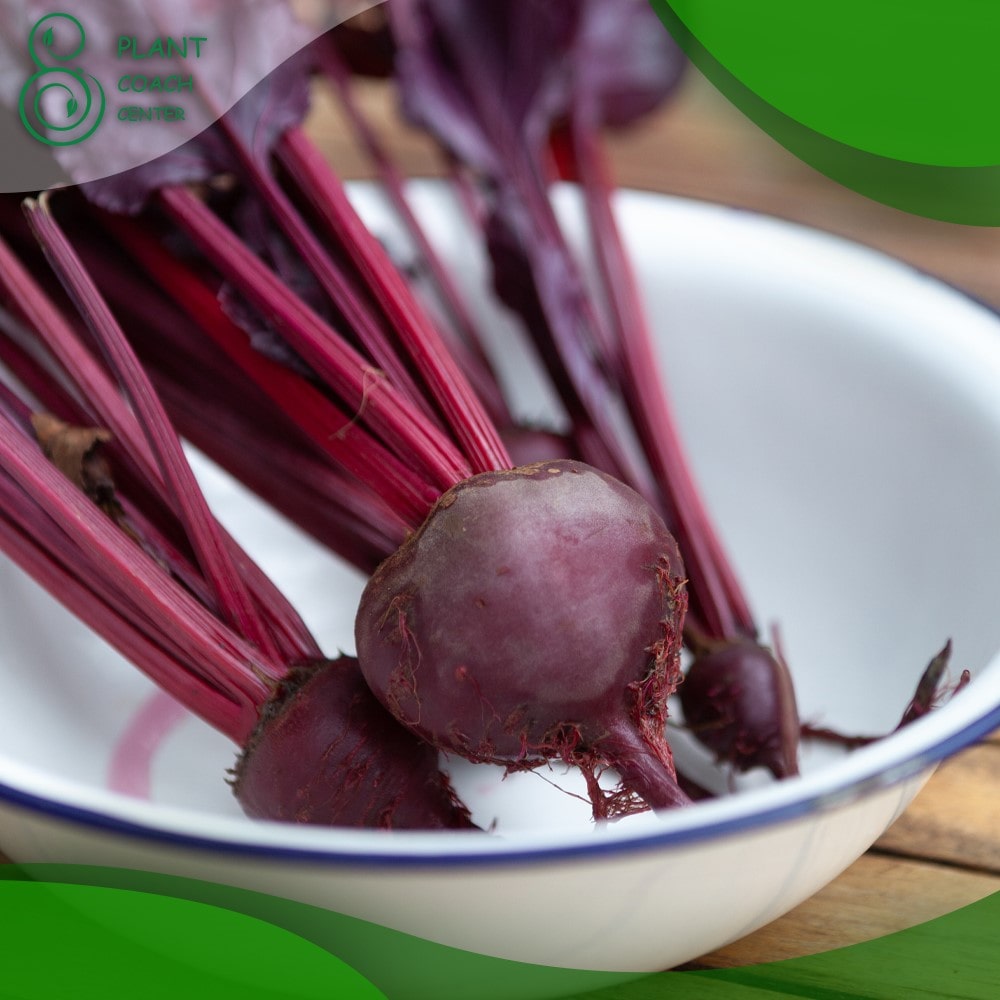When to Plant Chard
Introduction:
Gardening has become increasingly popular in recent years as people look for ways to grow their own food and connect with nature. Among the many vegetables that can be grown in a home garden is chard, a leafy green that is both nutritious and delicious. Chard is easy to grow and can be planted in a variety of climates and soil types. However, to ensure a successful harvest, it is important to understand when and how to plant chard.
This guide will provide a comprehensive overview of chard, including its growth and development, factors to consider when planting, best practices for planting, common problems and solutions, and care and maintenance. Whether you are a beginner or an experienced gardener, this guide will help you grow healthy and abundant chard in your garden.
Understanding Chard Growth and Development:
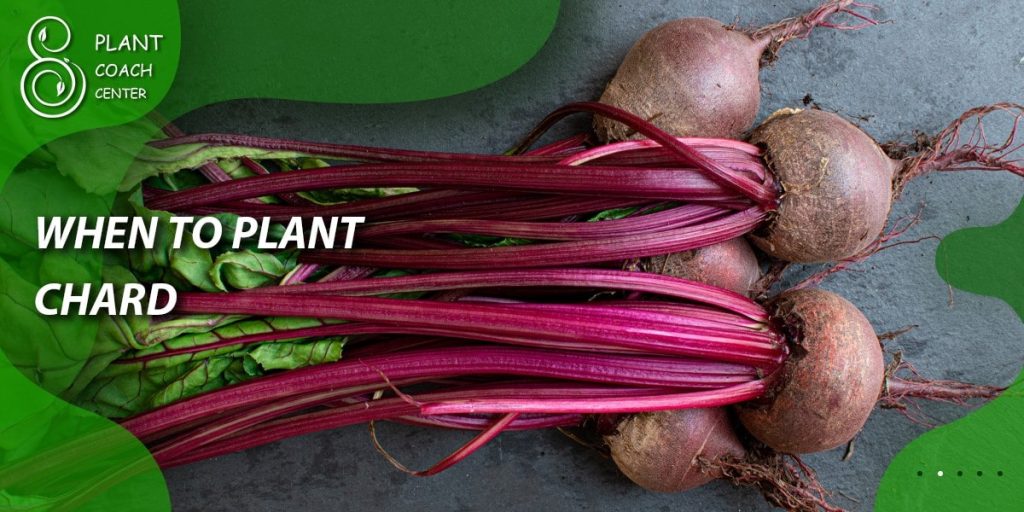
Chard Varieties:
Chard belongs to the beet family and comes in different varieties, each with its own unique characteristics. The Rainbow chard is perhaps the most popular variety, known for its colorful stems and leaves that range from bright yellow to deep red. Fordhook Giant chard has large, dark green leaves that are perfect for cooking, while Rhubarb chard has a slightly sweeter taste and is often used in desserts.
Chard Life Cycle:
Chard is an annual plant that typically takes around 60-70 days to mature. The plant has a taproot system and produces leaves from a central rosette. As the plant grows, it can reach up to 2 feet in height. Chard can be harvested by cutting the outer leaves as needed, and it will continue to produce new leaves throughout the growing season.
Growth Requirements:
Chard grows best in well-draining soil that is rich in organic matter. The plant prefers full sun but can also tolerate partial shade. Chard requires consistent moisture, but too much water can cause root rot. It is important to water the plant deeply once a week and provide it with regular fertilization to ensure healthy growth.
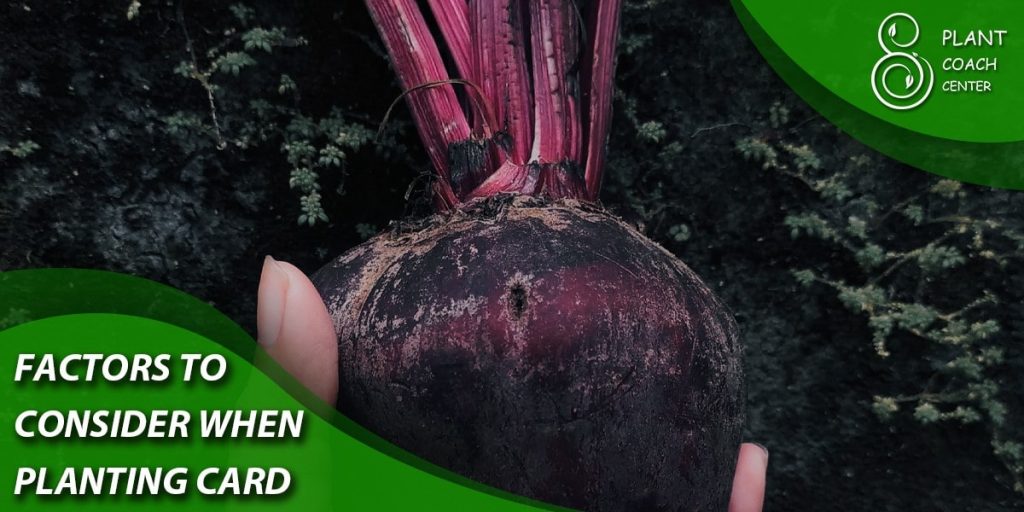
Factors to Consider When Planting Chard:
Climate and Geographic Location:
The best time to plant chard depends on your climate and geographic location. In general, chard can be planted in the spring or fall, but the timing may vary based on your region’s temperature and weather conditions. In warmer climates, chard can be planted in the fall for a winter harvest, while in colder areas, it is best to plant in the spring for a summer harvest.
Soil Type and Quality:
Chard requires well-draining soil that is rich in organic matter. Before planting, it is essential to prepare the soil by adding compost or other organic matter to improve the soil’s quality. The pH level of the soil should be between 6.0 and 7.0 for optimal growth.
Sunlight and Water:
Chard requires full sun to partial shade and consistent moisture. It is important to provide the plant with enough water, but not too much, as this can cause root rot. The plant should be watered deeply once a week, and the soil should be kept consistently moist but not waterlogged.
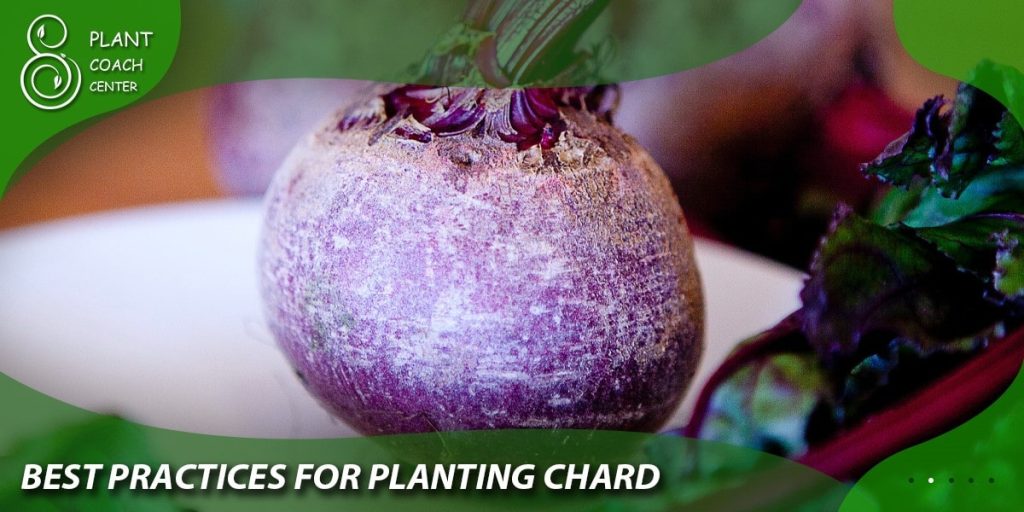
Best Practices for Planting Chard:
Preparing the Soil:
Before planting chard, it is essential to prepare the soil. Start by removing any weeds and rocks from the planting area. Then, add compost or other organic matter to the soil to improve its quality. The soil should be tilled to a depth of at least 6 inches to ensure good drainage.
Planting Techniques:
Chard can be started from seed or transplants. When planting from seed, sow the seeds about 1 inch deep and 2-3 inches apart. When planting transplants, dig a hole large enough to accommodate the plant’s root ball and water thoroughly after planting. Chard should be spaced about 12 inches apart in rows that are 18-24 inches apart.
Watering and Fertilizing:
Chard requires consistent moisture and can benefit from regular fertilization. Water the plant deeply once a week and fertilize every 4-6 weeks with a balanced fertilizer. It is important to avoid overwatering, as this can cause root rot, and to avoid over-fertilizing, as this can lead to excessive leaf growth and poor root development.
Common Chard Plant Problems:
Pest Infestations:
Chard can be susceptible to pest infestations, such as aphids, flea beetles, and cutworms. These pests can damage the plant’s leaves and reduce the overall yield. To control pest infestations, it is important to monitor the plants regularly and use natural control methods such as neem oil or introducing beneficial insects.
Diseases:
Chard can be susceptible to diseases such as leaf spot and downy mildew. These diseases can cause yellowing and wilting of the leaves and can be challenging to control. To prevent diseases, it is important to practice good sanitation, such as removing any infected plants and treating with afungicide. Additionally, it is important to avoid overhead watering, which can promote the spread of fungal diseases.
Nutrient Deficiencies:
Chard requires certain nutrients, such as nitrogen, phosphorus, and potassium, to grow and develop properly. A lack of these nutrients can cause stunted growth and poor yields. To prevent nutrient deficiencies, it is important to fertilize the plant regularly with a balanced fertilizer.
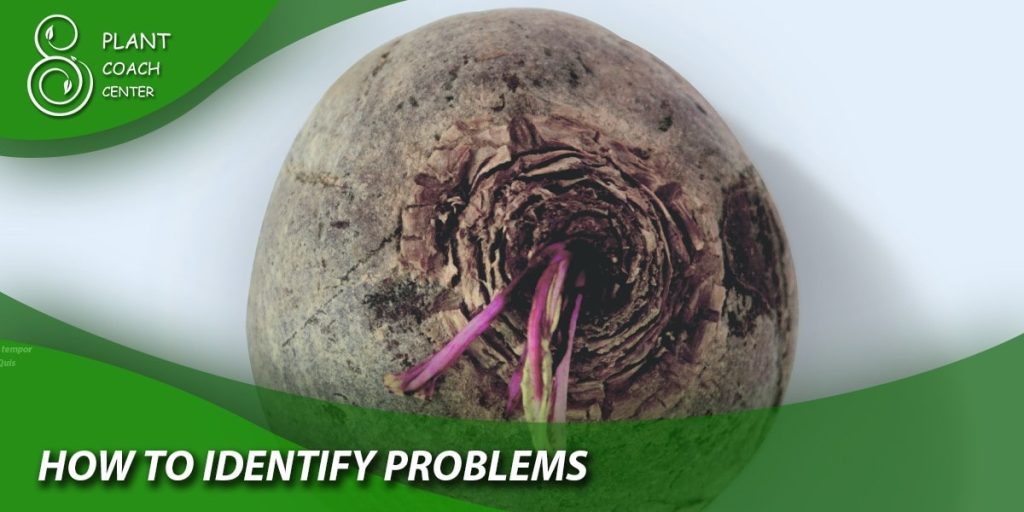
How to Identify Chard Problems and Solutions?
Signs of Plant Problems:
Signs of chard problems include yellowing or wilting leaves, pest damage, and stunted growth. It is important to identify the problem early to prevent further damage to the plant.
Troubleshooting Tips:
To troubleshoot chard problems, start by identifying the issue. For pest infestations, consider using natural control methods such as neem oil or introducing beneficial insects. For diseases, remove any infected plants and treat with a fungicide. For nutrient deficiencies, consider fertilizing the plant with a balanced fertilizer. It is important to choose the most appropriate treatment based on the problem and the severity of the issue.
Treatment Options:
Treatment options for chard problems include natural control methods, such as neem oil or beneficial insects, and chemical treatments, such as fungicides or pesticides. It is important to choose the most appropriate treatment based on the problem and the severity of the issue. It is also important to follow the instructions on the label carefully to ensure safe and effective use of the treatment.
Chard Care and Maintenance:
Pruning and Harvesting:
Chard can be harvested by cutting the outer leaves as needed. It is important to avoid removing more than one-third of the plant’s leaves at a time to prevent damage. Pruning is not typically required for chard, but removing any damaged leaves can help improve the plant’s overall health.
Crop Rotation and Soil Management:
To prevent soil-borne diseases, it is essential to practice crop rotation when planting chard. This means planting chard in a different location each year and avoiding planting it in the same spot for at least three years. Soil management is also important, and adding compost or other organic matter to the soil can help improve its quality.
Winter Protection:
Chard is a hardy plant that can tolerate cool temperatures, but it may require winter protection in colder climates. Covering the plant with a frost cloth or row cover can help protect it from frost and freezing temperatures. It is important to remove the cover during the day to allow the plant to receive sunlight and air circulation.
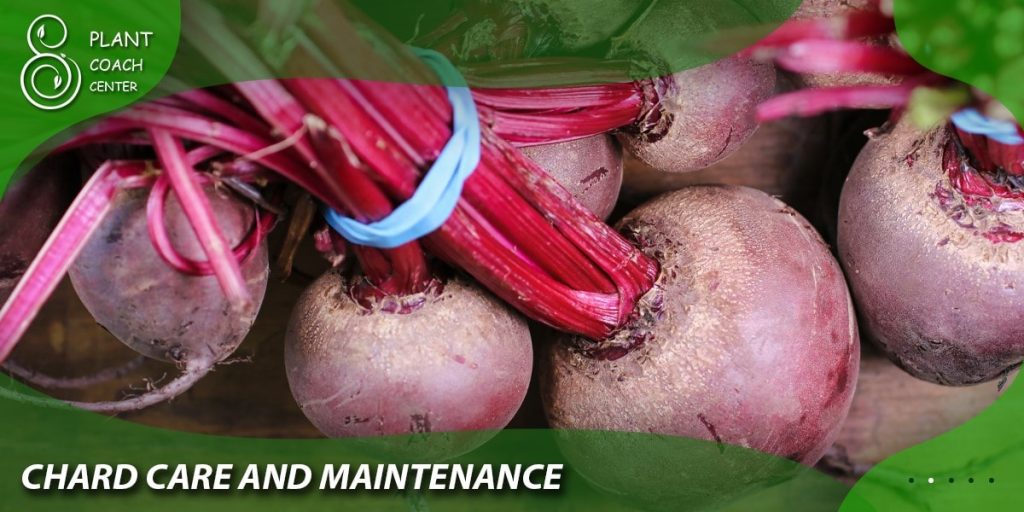
Conclusion:
Growing chard in your garden is a great way to add variety and nutrition to your diet. By understanding chard’s growth and development, factors to consider when planting, best practices for planting, common problems and solutions, and care and maintenance, you can ensure a successful harvest. With proper care and attention, chard can provide you with a bountiful harvest of nutritious and delicious leafy greens. For more gardening advice and plant care tips, be sure to visit plantcoachcenter.com, a leading resource for all things gardening.
When should I plant chard?
Spring or early fall.
Can I plant chard in the summer?
Yes, but it prefers cooler temperatures.
Is it better to sow chard seeds or use seedlings?
Either method works, but seedlings offer a head start.
How long does it take for chard to mature?
Around 60-70 days from planting.


